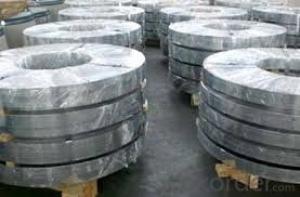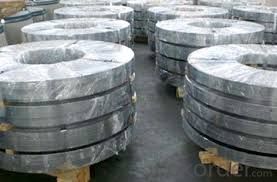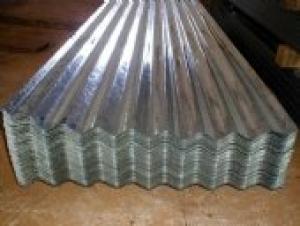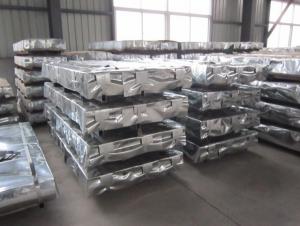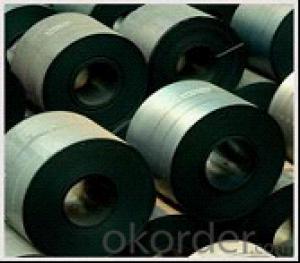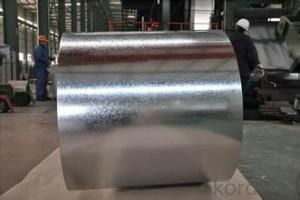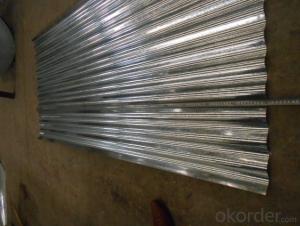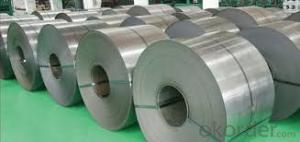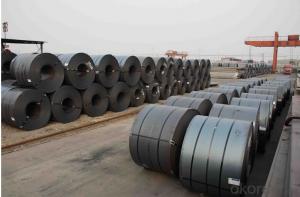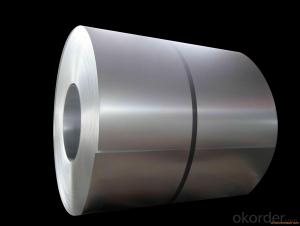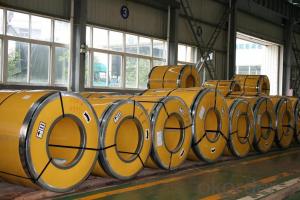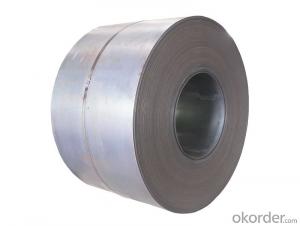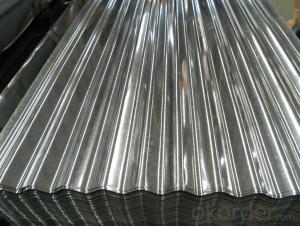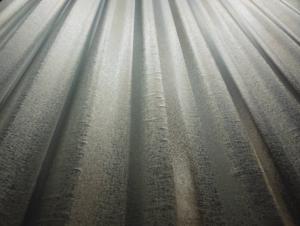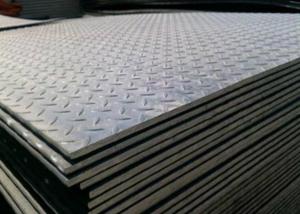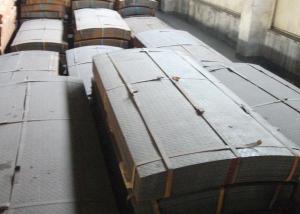Cold Rolled Coil Strips/HOT Galvanized Steel Coil
- Loading Port:
- Shanghai
- Payment Terms:
- TT OR LC
- Min Order Qty:
- 25 m.t.
- Supply Capability:
- 40000 m.t./month
OKorder Service Pledge
OKorder Financial Service
You Might Also Like
Specifications
cold rolled strips
1. width: 19-1500mm
2. thickness :0.2-3.0m,2.0-13.5mm
3.zinc coating:z60-z275
4.GB,JIS,ASTM,DIN,EN
cold rolled strips
Product Description
Brand : ZHCX | Standard: ASTM; ASTM; EN;GB | Grade:DX51D /DX52D/DX53D/ S250,280,320GD,Q195,Q235,etc. |
Thickness: 0.2-3.0mm 2.0-13.2mm | Width:19-1500mm | Length:Coil or upon request |
Zinc Coating: 40g- 275g/m2 | Surface: zero spangle, min spangle , regular spangle ,big spangle | Application: PPGI coil;construction,hardware, home appliances,interior decoration etc. |
Coil ID: 508-610mm | Coil Weight: 3-5 tons | Type : coil or sheet |
Packing: | 1.wooden case or wooden pallet 2.standard seaworthy packing | |
Delivery Time | Within 7-25 days after received the deposit | |
Brief Introduction
1. Prepainted Galvanized Steel Coil is coated with organic layer, which provides higher anti-corrosion property and a longer lifespan than that of galvanized steel sheets.
2. The base metal for Prepainted Galvanized Steel Coil is HDGI Steel. The finish coats of Prepainted Galvanized Steel Coil can be classified into groups as follows: polyester, silicon modified polyesters, polyvinylidene fluoride, high-durability polyester, etc.
3. The production process has evolved from one-coating-and-one-baking to double-coating-and-double-baking, and even three-coating-and-three-baking.
4. The color of the Prepainted Galvanized Steel Coil has a very wide selection, like orange, cream-colored, dark sky blue, sea blue, bright red, brick red, ivory white, porcelain blue, etc.
5. The Prepainted Galvanized Steel Coil can also be classified into groups by their surface textures, namely regular prepainted sheets, embossed sheets and printed sheets.
Edit
Because there is no after annealing treatment, the hardness is very high (HRB greater than 90), mechanical processing performance is poor, only a simplebending process has less than 90 degree directional (direction perpendicular to the rolled).
3, use three
Edit
Hot rolled products with high strength and good toughness, easy processing and good forming can be excellent performance of welding, which is widely used in ships, cars, bridges, buildings, machinery, boiler, pressure vesselmanufacturing industry.
The scope of application:
(1) after annealing processing into the common cold;
(2) processing galvanized galvanized unit before the annealing treatment;
(3) the basic do not need to process the panel.
4 four, classification
Edit
Carbon steel plate, carbon plate, low alloy plate, ship plate, bridge plate, boiler plate, container plate etc.. Rolling hard volumes: under normal temperature,the hot pickling volumes of continuous rolling.
Hot rolled steel strip products include steel (roll) and the shear of steel plate.And steel (coils) can be divided into straight and finishes volume (the volume,smooth rolling and slitting roll).
- Q: Can the steel sheets be used for decorative purposes?
- Yes, steel sheets can definitely be used for decorative purposes. Steel sheets can be customized and shaped into various designs, patterns, and sizes to suit different decorative applications. They can be used for creating unique and modern architectural features, such as ornamental facades, decorative wall panels, or intricate metal screens. Steel sheets can also be used for decorative furniture, art installations, and sculptures. Their versatility, durability, and sleek appearance make them a popular choice for adding a touch of elegance and sophistication to both interior and exterior spaces.
- Q: Can steel sheets be used for manufacturing shipping pallets?
- Yes, steel sheets can be used for manufacturing shipping pallets. Steel is a strong and durable material that can withstand heavy loads, making it suitable for the construction of pallets. Steel sheets can be welded or bolted together to create a sturdy and reliable pallet structure. Additionally, steel pallets have the advantage of being resistant to moisture, pests, and fire, which can be important considerations for certain industries or applications. However, it is worth noting that steel pallets are generally more expensive than other materials such as wood or plastic, so the choice of using steel sheets for manufacturing shipping pallets would depend on specific requirements, budget, and intended use.
- Q: What is the average price per square meter of steel sheets?
- The average price per square meter of steel sheets can vary depending on several factors such as the type and grade of steel, the thickness of the sheets, and the current market conditions. However, as of [current year], the average price range for steel sheets can be estimated to be between [price range per square meter]. It is important to note that prices may fluctuate over time due to changes in raw material costs, supply and demand dynamics, and other economic factors. It is recommended to consult with suppliers or industry experts for the most accurate and up-to-date pricing information.
- Q: Are steel sheets suitable for agricultural machinery or equipment?
- Yes, steel sheets are suitable for agricultural machinery or equipment. Steel is known for its high strength and durability, making it ideal for withstanding the demanding conditions and heavy loads typically associated with agricultural applications. Additionally, steel sheets can be easily fabricated and shaped to meet the specific requirements of different agricultural equipment, ensuring long-lasting performance and reliability.
- Q: Can steel sheets be used for bridge construction or infrastructure projects?
- Bridge construction and infrastructure projects can utilize steel sheets. The popularity of steel in these applications stems from its exceptional strength, durability, and versatility. Depending on project requirements, steel sheets can be utilized in various forms, including hot-rolled, cold-rolled, or galvanized. Steel sheets provide numerous advantages for bridge construction and infrastructure projects. Firstly, they possess a high load-bearing capacity, enabling them to support heavy loads and uphold the structural integrity of bridges and infrastructure. Steel also exhibits a high tensile strength, allowing it to endure significant stress and deformation without failure. Furthermore, steel sheets are easily fabricated into different shapes and sizes, granting designers flexibility for innovative and efficient structures that meet specific project needs. Steel's recyclability renders it an environmentally friendly option for sustainable infrastructure projects. Additionally, steel sheets display excellent resistance to corrosion, a crucial attribute for infrastructure projects exposed to harsh environments like bridges near saltwater or industrial areas. By using galvanized steel sheets, their corrosion resistance can be further enhanced, ensuring long-term durability and reduced maintenance requirements. In conclusion, steel sheets are a dependable and extensively utilized material for bridge construction and infrastructure projects. Their strength, durability, flexibility, and corrosion resistance make them an ideal choice for ensuring the safety and longevity of these vital structures.
- Q: Are steel sheets fire-resistant?
- Yes, steel sheets are generally considered to be fire-resistant. Due to their high melting point and low combustibility, steel sheets can withstand high temperatures and prevent the spread of fire.
- Q: What's the difference between steel plate 20 and Q235 steel plate?
- Q235 steel yield point is 235MPa, the elongation is 21-26%; widely used in the production of general machinery parts have certain strength and elongation, such as pin, shaft, rod, connecting rod, ring, bolt, nut, cylinder, gear, rack, rack and welding parts.
- Q: What are the different strength properties of steel sheets?
- The strength properties of steel sheets can vary depending on factors such as the grade of steel, the thickness of the sheet, and the manufacturing process used. Generally, steel sheets exhibit high tensile strength, which enables them to withstand heavy loads and resist deformation. They also possess good yield strength, indicating their ability to withstand a significant amount of stress before permanent deformation occurs. Additionally, steel sheets generally have excellent hardness, allowing them to resist wear and abrasion.
- Q: Can steel sheets be customized in terms of thickness?
- Yes, steel sheets can be customized in terms of thickness. Steel sheets are manufactured in various thicknesses to cater to different applications and requirements. The thickness of a steel sheet can be customized during the manufacturing process according to the specific needs of the customer. This customization allows for versatility and flexibility in using steel sheets for a wide range of purposes, from construction and automotive industries to manufacturing and fabrication processes. Customizing the thickness of steel sheets ensures that they meet the specific strength, durability, and structural requirements of the project at hand.
- Q: Are steel sheets suitable for oil rig platforms?
- Oil rig platforms benefit greatly from the use of steel sheets. The reason for this lies in the exceptional strength and durability of steel, which makes it a popular choice in their construction. Given the harsh environmental conditions that oil rig platforms face, such as extreme temperatures, high winds, and corrosive saltwater, steel has proven itself capable of withstanding these challenges effectively. Steel sheets offer a solid and dependable base for oil rig platforms. They ensure that the platforms can bear the weight of the rig, equipment, and personnel without compromising stability or safety. The high strength of steel allows for the construction of large and intricate structures without sacrificing stability. Moreover, steel exhibits remarkable resistance to corrosion, making it an ideal material for offshore applications. Oil rig platforms are constantly exposed to saltwater, which can cause corrosion and weaken other materials. However, steel sheets can be treated with protective coatings to enhance their resistance to corrosion and extend their lifespan. In addition to its strength and corrosion resistance, steel is a versatile material that lends itself to easy shaping and fabrication. This versatility allows for efficient and cost-effective construction processes, reducing the time and resources required for installation and maintenance. In conclusion, steel sheets are a suitable choice for oil rig platforms due to their strength, durability, corrosion resistance, and versatility. They provide a reliable and robust foundation for offshore drilling operations, ensuring the safety and longevity of the platform in challenging environments.
Send your message to us
Cold Rolled Coil Strips/HOT Galvanized Steel Coil
- Loading Port:
- Shanghai
- Payment Terms:
- TT OR LC
- Min Order Qty:
- 25 m.t.
- Supply Capability:
- 40000 m.t./month
OKorder Service Pledge
OKorder Financial Service
Similar products
Hot products
Hot Searches
Related keywords
